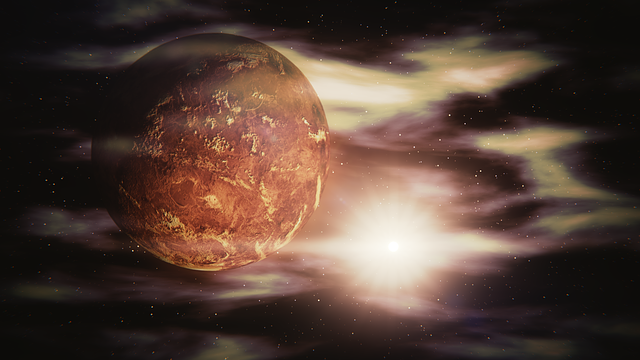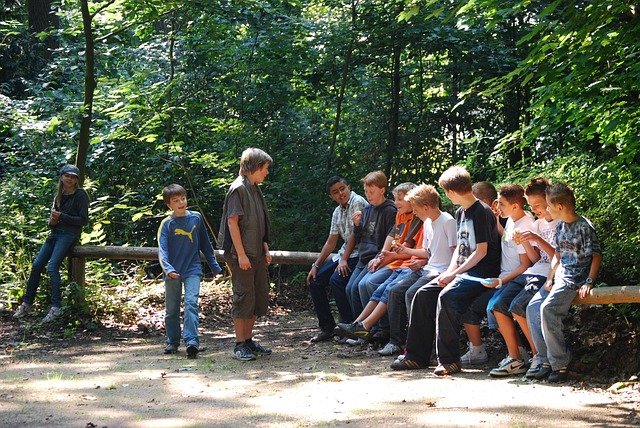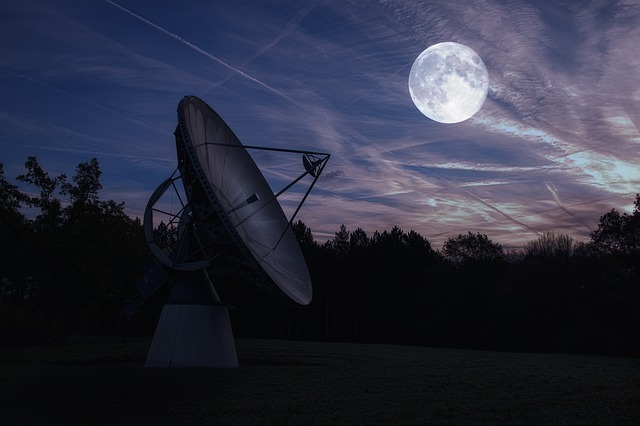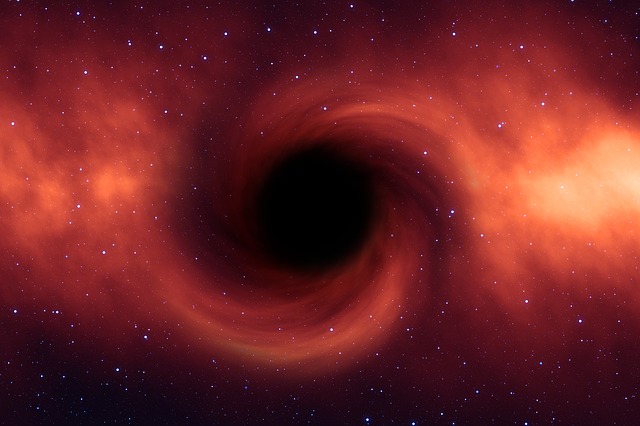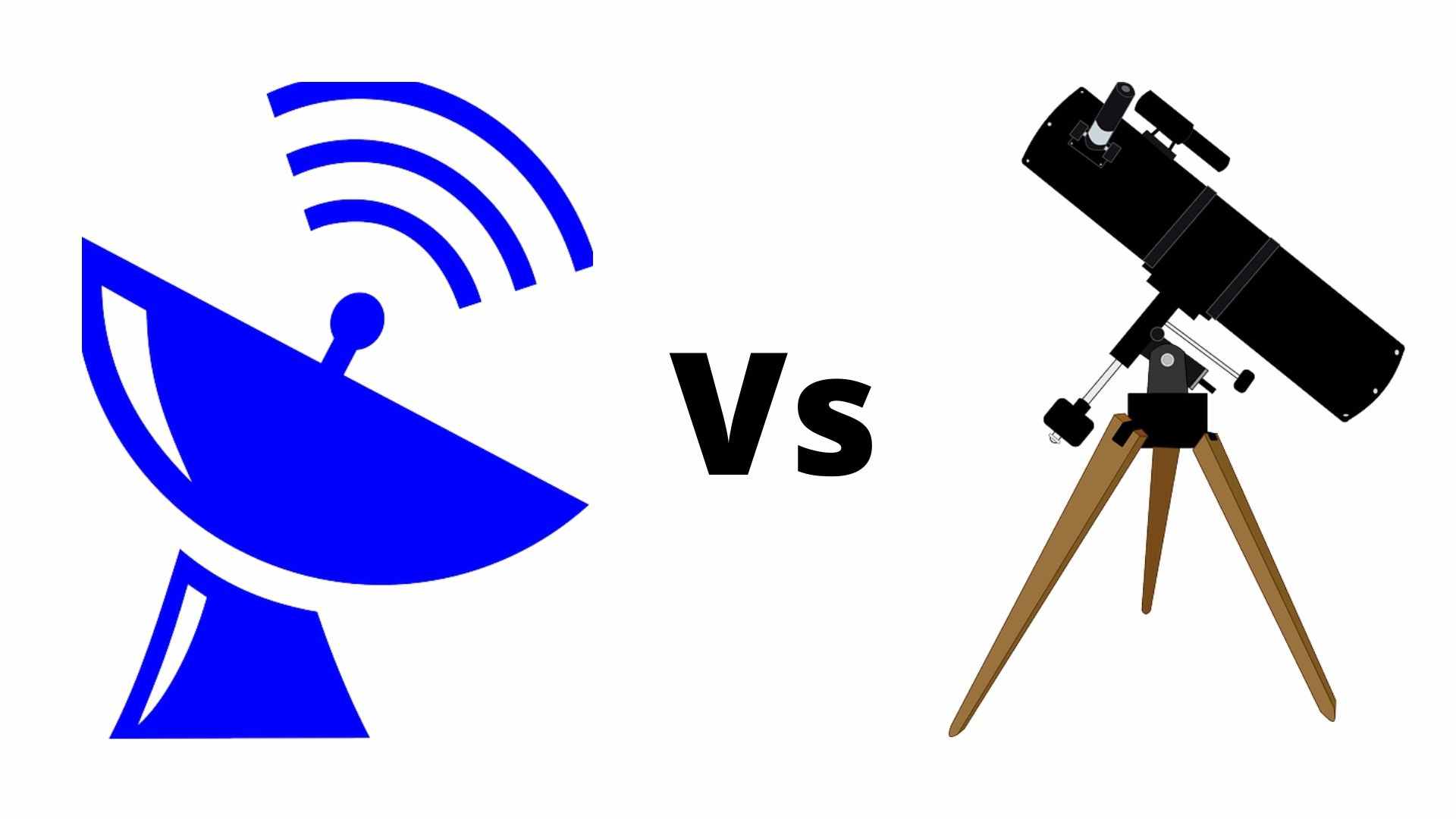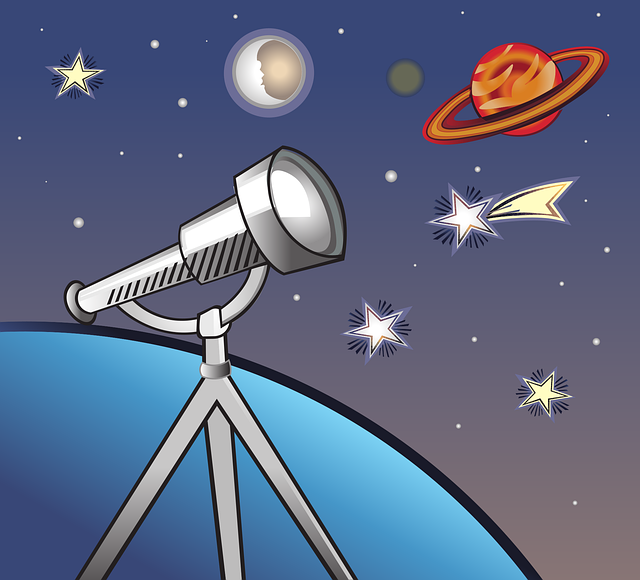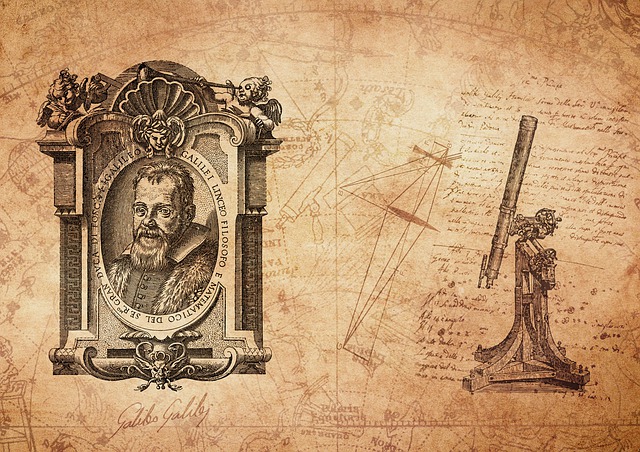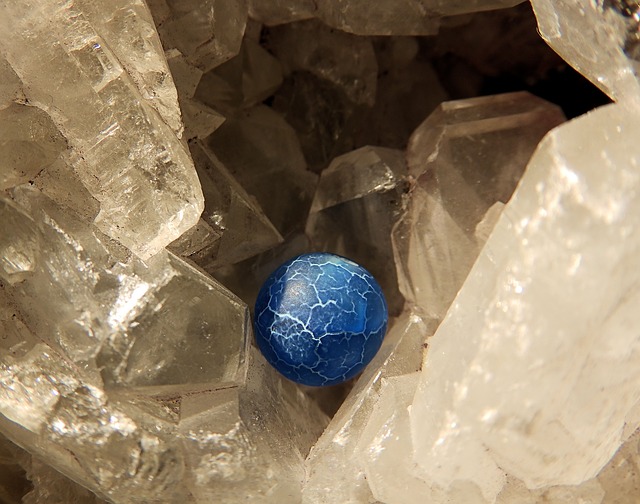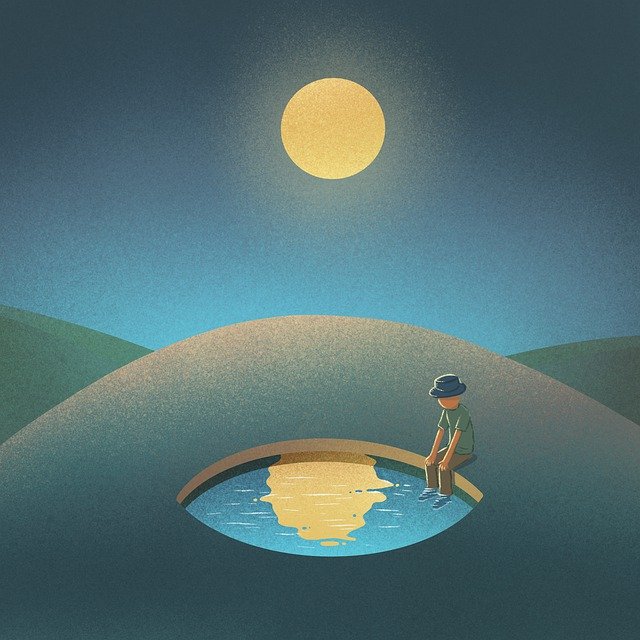Is Venus Tidally Locked? (Explained!)
When a celestial body is tidally locked to another, the time it takes to rotate around that other body is equal to the time it takes to rotate once upon its own axis. In other words, a day and an entire year are equal in length. This phenomenon is caused by gravitational forces. A good … Read more

